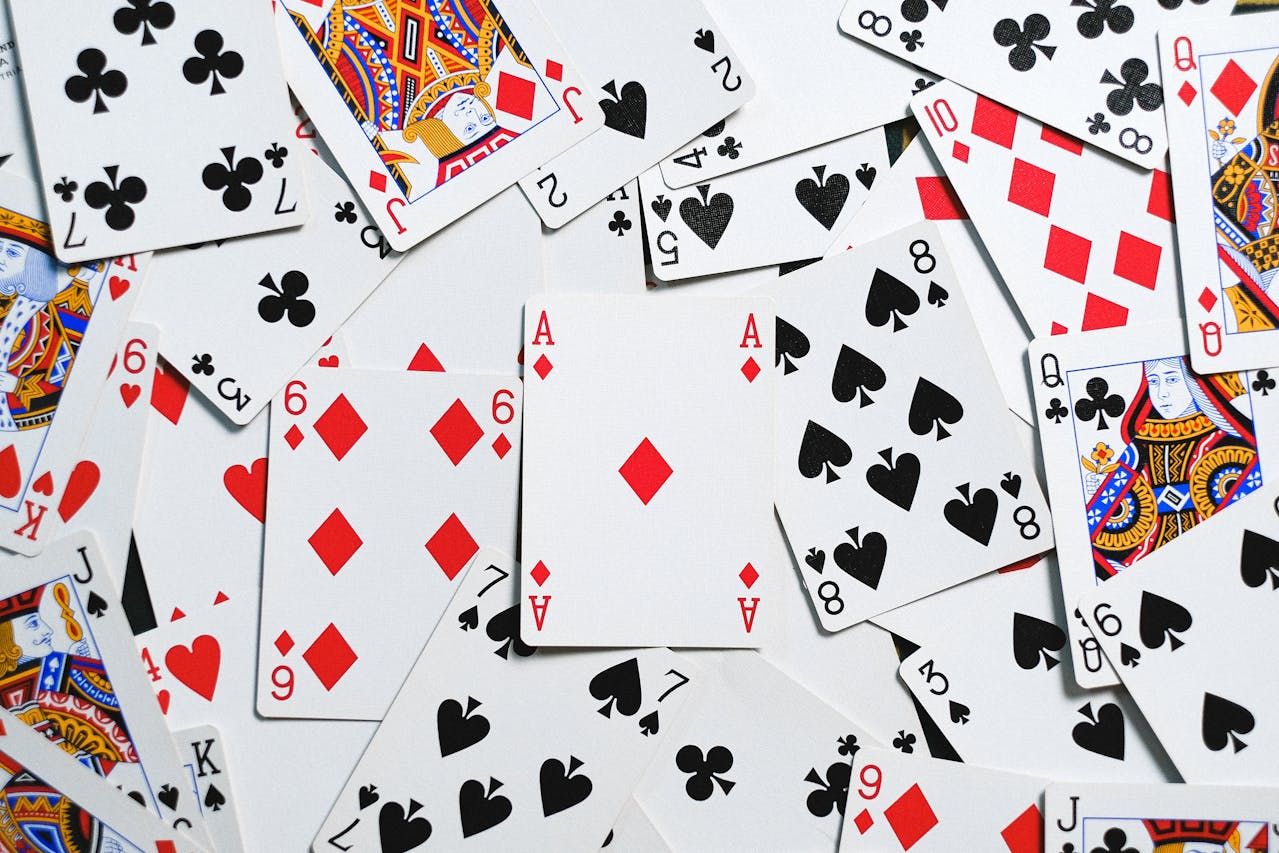Last quarter, when my girlfriend and her friends invited me to a magic show, I was ecstatic. I always liked watching Penn and Teller on TV as a kid. I enjoy perusing YouTube for glitchy clips of Criss Angel stunts and videos of magicians auditioning for America’s Got Talent. Of course, I accepted an invite to MIST’s magic show.
The Magic and Illusion Student Team at UCLA (MIST) can be found performing table magic on Bruin Walk or giving mini-performances to kids at the Ronald Reagan UCLA Medical Center. When I attended their “Winter Quarter Show,” I went in blind. I was not expecting to see the crew of magicians appear so dapper as they sported their suits and slicked hair. I also did not expect them all to be Asian.
I felt lucky to witness their showmanship – to see the magicians’ commitment to their bits. MIST’s magic was entirely captivating, playing on classics like the shell game and up-close card tricks. The apparent dedication of the magicians seemed to seep into the audience. It was clear in the excitement that they generated, the eagerness of audience members to participate and the more-than-decent turnout at the De Neve Learning Auditorium on a Friday night.
I found myself reflecting on MIST’s show for days. I hadn’t been to a magic show since my dad bought a family Groupon package during my tween years. The magicians from that show were middle-aged White men with corny jokes, and it’s not like young guys generally talk about being the next big magician. I grew up in Lake Charles, Louisiana where only 2.6% of its residents identified as Asian in the 2023 census. Seeing a magic show brings out the kid in everyone, but watching MIST felt extra special as someone who grew up without many Asian people around, let alone magicians. I wasn’t expecting MIST to alter my perspective on Asian American representation, but there was just something special about the club beyond their compelling sleight-of-hand.
Anti-Asian sentiment that was commonplace in the 20th century still courses strongly through some regions of America. In 1906, the Puget Sound American published an article titled “Have We a Dusky Peril” where “Hindus” were described as having “bad” morals and “if allowed the freedom, which they naturally expect in America, they will eventually become troublesome.” Not only did the Puget Sound American use their platform to voice racist rhetoric, but the publication was also problematic in using “Hindus” as a pejorative to label all South Asian immigrants – a microaggression that was common in the early 20th century. Orientalist ideas like these have stained how Asian Americans are perceived by outsiders many decades later. Maybe this is why I am so hungry for positive Asian American representation, regardless of its source. By seeing members of the Asian community in roles distanced from the classic “Asian nerd” and “Oriental” tropes, outsiders understand us as individuals rather than a monolith. Unfortunately, our ability to make it in spaces that have historically prioritized White, middle to upper-class individuals often depends on what that larger demographic thinks of us. Sometimes it doesn’t matter how much Asian pride we have if we can’t access the funding, internships and networking opportunities that let us further our missions.
In Christine King’s 2022 review of “The Insidious Fu Manchu,” she succinctly described the harm that racist literature has. “Each description works to further dehumanize the character in the eyes of the audience,” King wrote. The name “Fu Manchu” is no longer part of the mainstream American media canon, but we still see Asian characters and their stories being misrepresented onscreen. Modern representation and attempts at diversity are not close to perfect, but seeing a member of my community excel in a role that was not made with us in mind still excites me. It was heartwarming to learn that some of us are magicians in our spare time.
Visual Credit: Anna Shvets

Comments are closed.